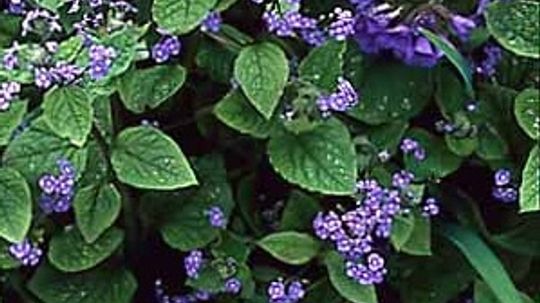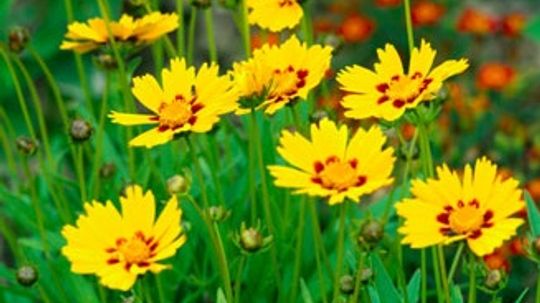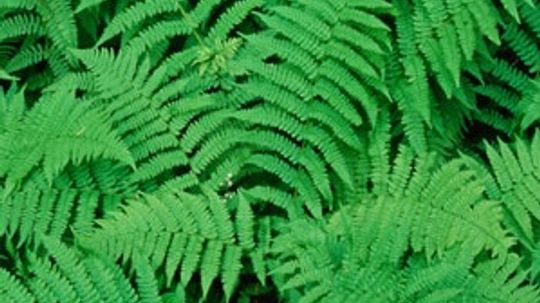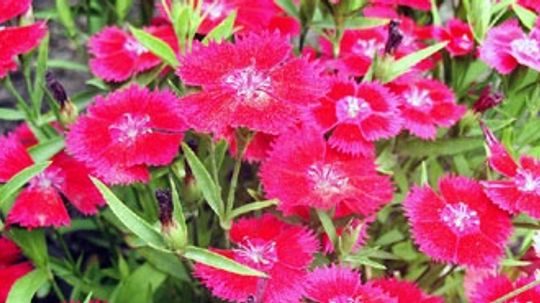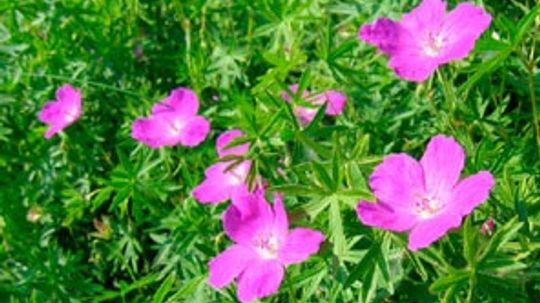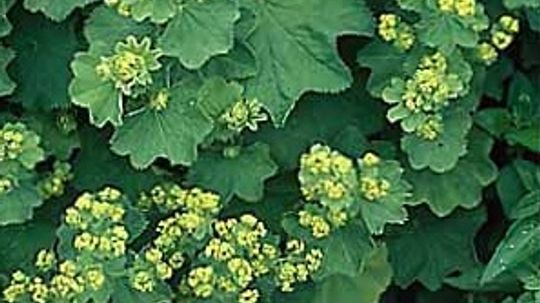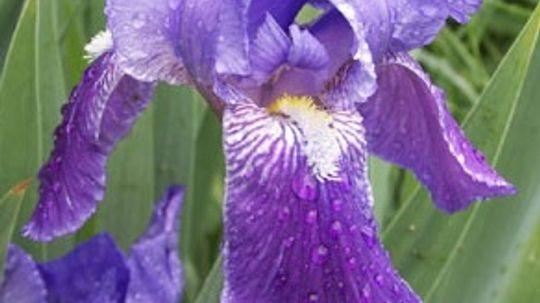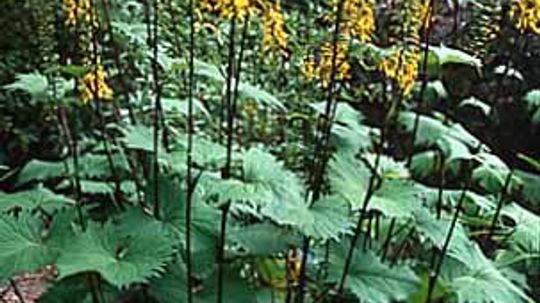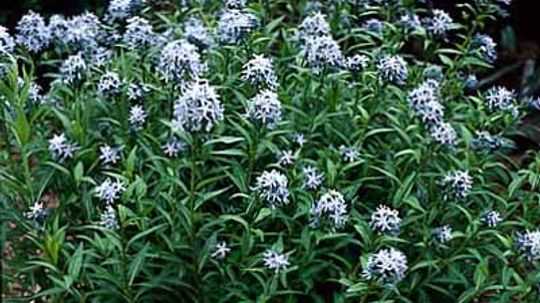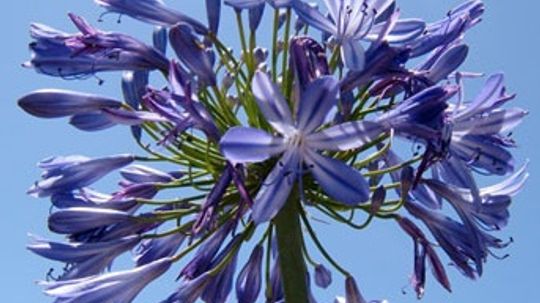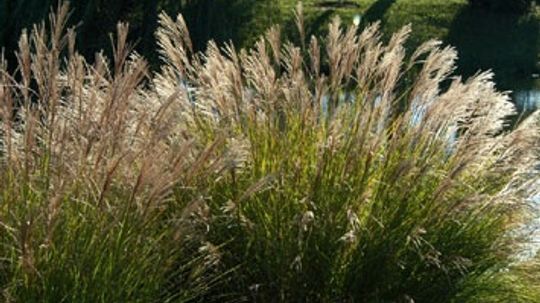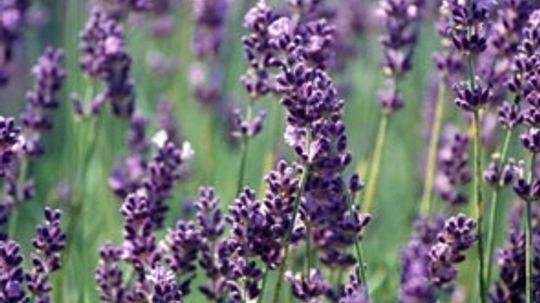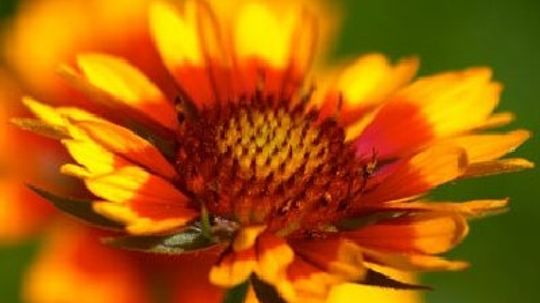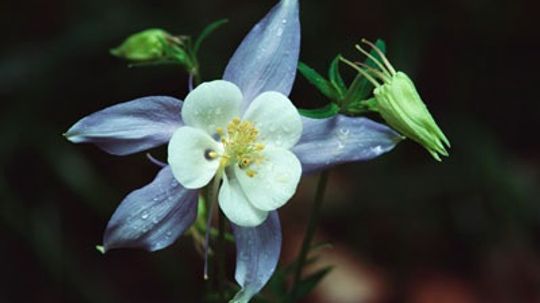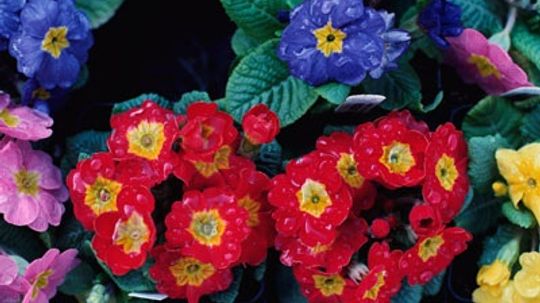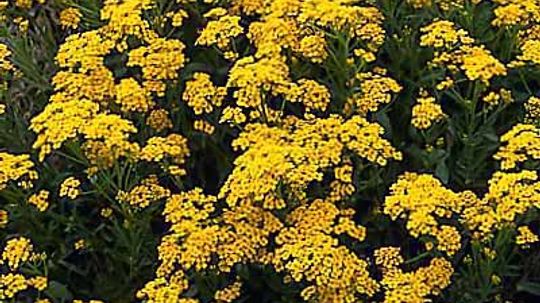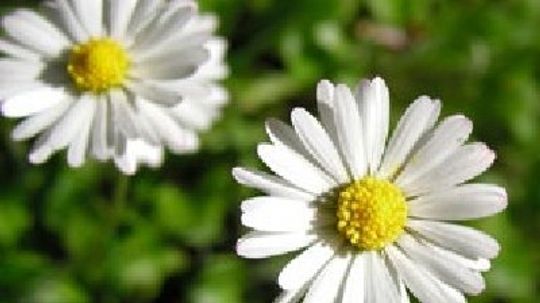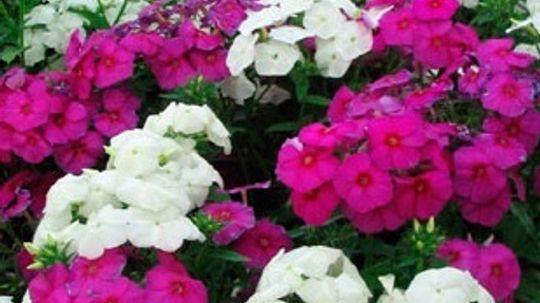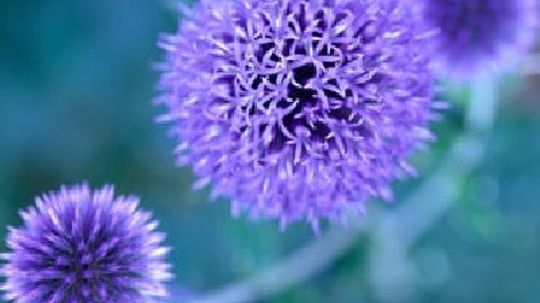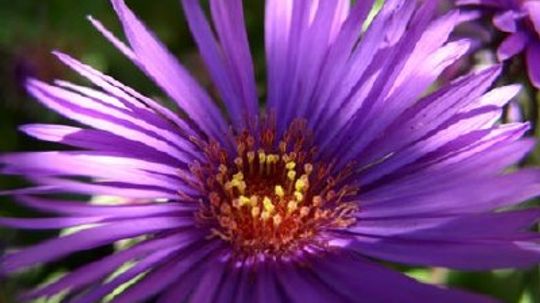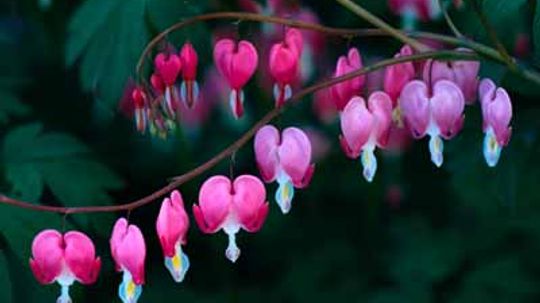Perennial Gardens
Perennial gardens can produce lovely results year after year. Learn how to plan for, plant and care for perennial gardens.
Learn More / Page 3
From western Siberia, brunnera or Siberian Bugloss, are perennial forget-me-nots. Blue flowers are about 1/4-inch across, and bloom in clusters during the spring. Find out how to grow this showy perennial.
Several coreopsis species are popular in the garden, all of them sporting bright daisylike flowers. These perennials bloom pink, orange, and yellow flowers. Learn to grow this great drought-resistant flower.
Ferns are perennials grown for their ability to thrive where less-hardy plants can't. Some are evergreen, while others die down in fall and return in spring. Learn more about versatile ferns.
Advertisement
Carnations, or pinks, have been popular perennials for hundreds of years. Dianthus are great in flower beds and bouquets. They come in red, white, orange, purple, and of course, pink. Learn how to grow dianthus.
Low-growing foliage of great distinction and spring flowers make epimediums, also known as bishop's hat or barrenwort, a good choice. Flowers in soft colors sometimes bloom before plants leaf out. Learn about this shade-loving perennial.
Geraniums, or crane's-bill, are clump-forming perennials that bloom in late spring or early summer. The flowers vary in color and size, but are great for rock gardens and as border plants. Learn about geraniums.
Lady's mantles are perennials grown for their foliage and their unusual chartreuse flowers that are nice in bouquets. The easy to grow plants have lobed leaves of silvery gray-green. Learn about lady's mantles.
Advertisement
There are nearly 300 types of iris flowers that draw fascination from gardeners around the world. Learn how to welcome this rainbow of color into your garden!
Ligularia is a bold perennial for garden use. The plants bear sprays or spires of yellow or orange flowers in summer, on strong stems. Find out more about the ligularia.
Primrose is a perennial flower. Gardeners enjoy its beautiful shades of colors, including red flowers, yellow flowers, purple flowers and orange flowers. Grow primrose in the outdoor garden bed or as a house plant. Learn about primrose.
Amsonia, or bluestars, are popular garden plants, and they grow wild in wooded areas and on river banks from New Jersey to Tennessee to Texas. Learn more about this easy-to-grow perennial.
Advertisement
The Agapanthus, Lily of the Nile, is a perennial flower that has gorgeous blue or white florets arranged in large globes for a wonderful addition to the garden. Learn about agapanthus.
Perennial grasses and foliage are an excellent choice for an unusual ground cover. Learn about ornamental perennial grasses and foliage you can use to add interest and beauty to your garden.
By C. Colston Burrell
Herbs are useful for cooking, crafting, and decorating -- boldly coming out of the garden and into your home. Learn more about planting and growing perennial herbs such as lavender and rosemary.
One way to liven up a garden is by including colors that stand out. Learn how yellow to orange perennial flowers can brighten your yard, and which ones are right for your garden.
By Shane Wilson
Advertisement
While many flowers feature bright, vibrant colors, some gardeners prefer a subtler approach. Read about white to green perennial flowers, which have an airy appearance and blend in naturally with the green of most plants.
By Shane Wilson
Perennial flowers bloom year after year, without the need to replant. Learn the best perennials to plant in your garden. Read about the different types of perennial flowers, and which ones are best for you.
By Shane Wilson
No need to worry if your garden soil is wetter than average. There are a number of great-looking perennials that do best in moist soil. Learn which perennial flowers to plant in your yard.
Choose shorter perennial flowers for the front of your garden to create depth in your garden design. In this article, we'll teach you which perennials stand under 12 inches tall for the perfect garden plan.
Advertisement
When planning a garden, the height of your flowers is an important consideration. Learn to use perennials 12-24 inches high, and find the knee-high plants that will best fit your vision for a home garden.
By Shane Wilson
Perennial flowers are an essential part of any home garden, and gardeners can use height to create a dramatic effect. Learn about the perennial flowers that grow to a height over 24 inches.
By Shane Wilson
Some gardens offer a quiet escape from the stimulation of modern life. These latter gardens use blue and purple to create a peaceful atmosphere. Learn how blue to purple perennial flowers cool down your garden.
By Shane Wilson
Many gardeners have shady spots in their yards. The areas that get a mix of light and shade are perfect for planting partial shade perennials. In this article, we'll describe great perennials for part shade.
Advertisement
Full sun perennials are flowers that need direct sun for at least six to eight hours a day. On this page, we list the full sun perennials by color and type to suit your garden.
Perennials are distinct from annuals in that they return year after year, eliminating the need to buy and plant flowers every spring. Perennials generally bloom only one or two seasons per year. Learn about perennials.
